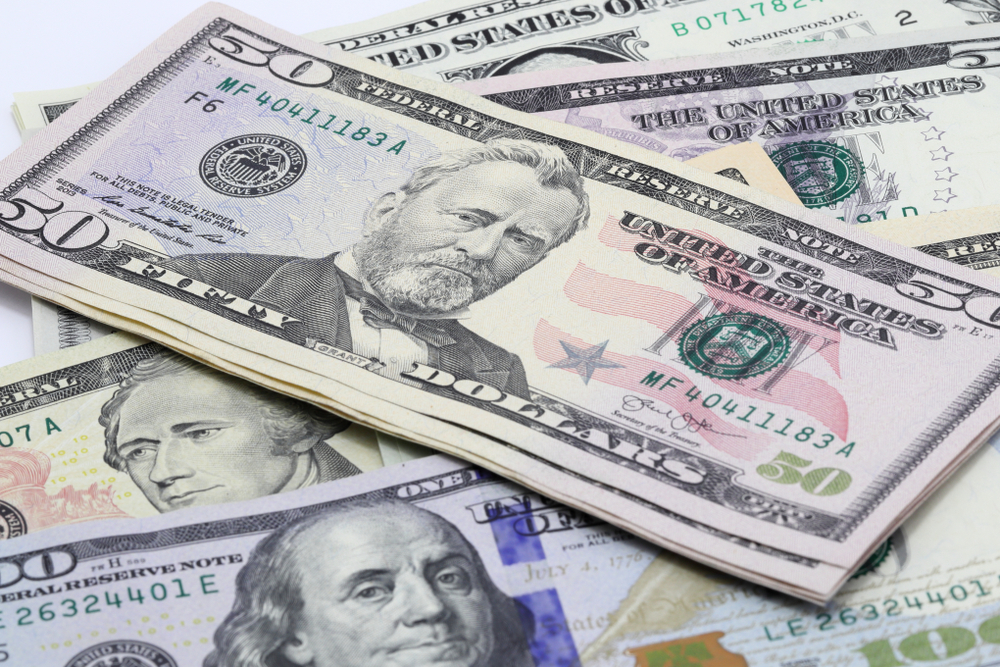
The US dollar was managing to remain firm as trading got underway in Asia on Friday morning.
The big news of the day was that the Jackson Hole Symposium, which sees central bankers from across the global get together in a remote American ski resort, was due to begin.
A speech this afternoon from Jerome Powell, who chairs the Federal Reserve, is likely to contain layers of clues as to what the next meeting of the Federal Open Market Committee might bring when it meets next September.
However, forex markets began to forecast that Powell was unlikely to announce any big shifts when he gives his speech.
There is a strong political context to Powell’s leadership of the Fed. He is under competing pressures both to respond to the worldwide economic situation caused by trade problems while also avoiding accusations of simply following the line set down by President Donald Trump. Trump is a strong supporter of interest rate cuts.
Two other leading names at the Federal Reserve said that it would take new negative data releases to persuade them that the US economy was in a position where it required this sort of stimulus injection. These were Patrick Harker, who leads the Philadelphia Federal Reserve Bank, and Esther George, who runs the Kansas City Federal Reserve Bank.
However, futures markets now believe that there is a 91% chance of the Federal Reserve cutting rates when it next meets.
The dollar could therefore find itself in a precarious situation today.
This could spur runs to currencies like the Japanese yen or the Swiss franc, which are known for being safe havens during times of turmoil.
Other members of the Fed team will be speaking over the course of the day, and also into tomorrow.
In terms of pairs, the US dollar did not reveal any sign of slipping against the yen as trading got underway. It was noted at 106.48 in the USD/JPY pair.
Over the course of the whole week, however, the dollar has seen a rise of 0.1% in its pair with the yen.
There was also firmness in the US dollar index, which tracks the greenback’s performance in relation to several major currencies around the world. The index was recorded at 98.170 at one stage.
In other currencies, the Kiwi dollar was all over the news. New Zealand’s currency does not normally make headlines, but it has been in the news recently for a variety of reasons. Its central bank, the Reserve Bank of New Zealand, recently gave investors a surprise when it cut interest rates by 50 basis points – or 0.5%. This week, its Governor Adrian Orr brought the move back to full attention by saying that he saw no need to make further rate cuts now that this move had been instituted.
This led to a rise for the New Zealand dollar of 0.4% in both its pairs with the US dollar and with the Japanese yen – meaning it was one of the day’s best performers.
 Between 74-89% of CFD traders lose
Between 74-89% of CFD traders lose  Your capital is at risk
Your capital is at risk  Your capital is at risk
Your capital is at risk  Your capital is at risk
Your capital is at risk